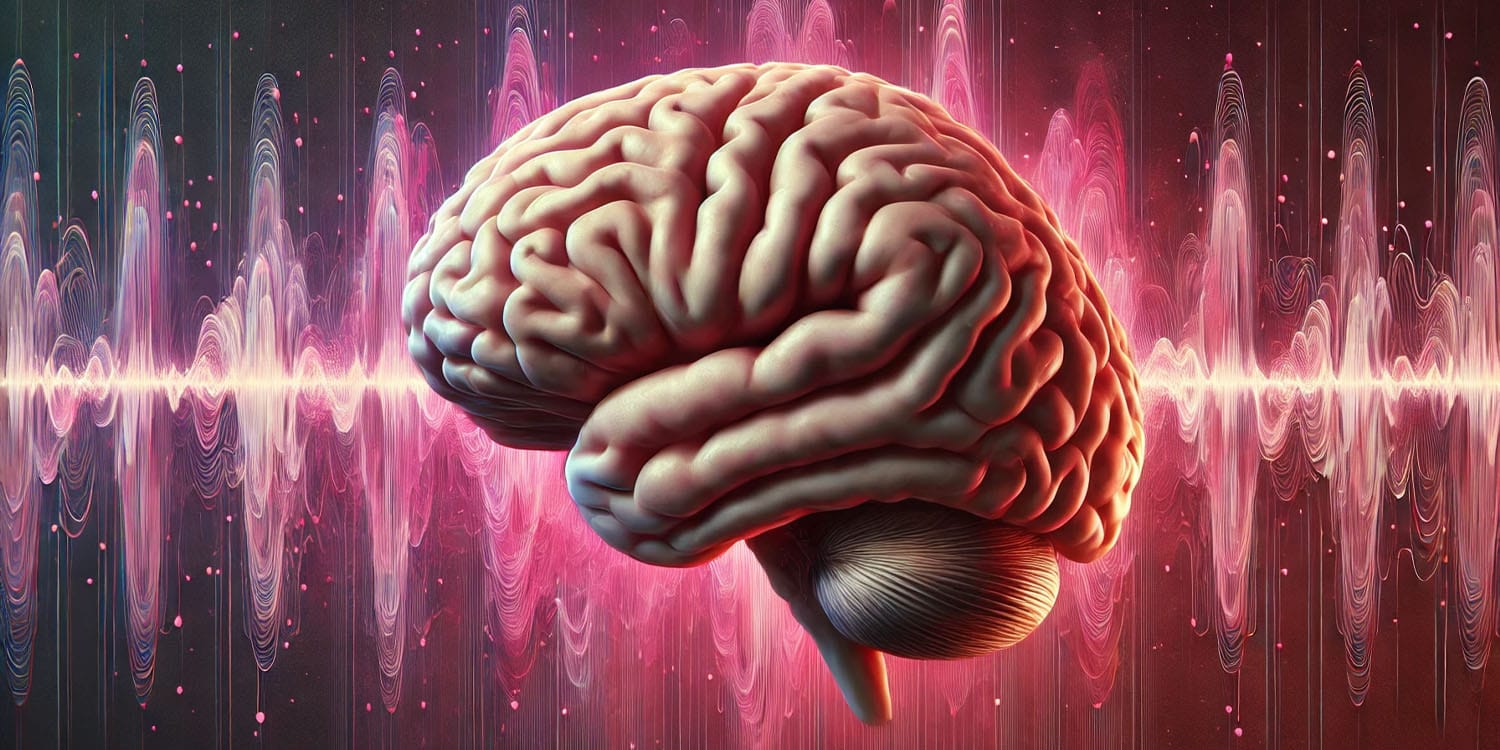Could noise hold the key to better focus for children and young adults with attention-deficit/hyperactivity disorder (ADHD)? A recent study, published in the Journal of the American Academy of Child & Adolescent Psychiatry, suggests that exposure to white and pink noise may improve task performance in individuals with ADHD, offering a potential new avenue for treatment.
ADHD is one of the most common neurodevelopmental disorders affecting children and young adults, with about 10% of young people between the ages of 3 and 17 diagnosed with the condition. Traditional treatments for ADHD typically involve medication and behavioral therapy, both of which can be effective. However, these treatments come with challenges — side effects, adherence issues, and limited access to proper care, especially in underserved areas.
There is also a growing interest in non-pharmacological approaches that are safe, easy to access, and less likely to cause side effects. This is where the interest in noise exposure as a potential tool for improving focus and cognitive performance comes into play.
The idea of using noise to help with ADHD isn’t entirely new. In fact, the notion that external stimuli, like sound, might help improve attention in individuals with ADHD has been around for some time. However, with the recent explosion of public interest in white, pink, and brown noise — fueled by social media trends and anecdotal reports — the scientific community has been motivated to investigate these claims more rigorously.
White, pink, and brown noise are types of sound that differ in how they distribute energy across different frequencies. White noise contains equal intensity across all frequencies, creating a consistent, hissing sound similar to a static-filled television. It is often used to mask other noises.
Pink noise, on the other hand, decreases in intensity as frequency increases, resulting in a deeper, softer sound that resembles steady rainfall or rustling leaves. Brown noise (also known as red noise) has an even steeper drop in intensity, leading to a much deeper sound, like the rumble of distant thunder or a powerful waterfall.
“Although outcomes are much improved with current treatments, ADHD still can dramatically increase the risk of serious and complex long-term health outcomes, because treatments are only partially effective, and adherence is difficult,” said study author Joel Nigg, a professor of psychiatry at Oregon Health & Science University and co-director of the OHSU Center for Mental Health Innovation. “It is critical that we continue to investigate complementary and alternative supports for those living with ADHD.”
“Our priority is identifying new and improved tools to empower each individual to live their healthiest and most productive life, as well as providing evidence-based guidance on popular ideas in the public domain such as white or brown noise.”
To better understand the effects of white and pink noise on individuals with ADHD, the researchers conducted a meta-analysis—a type of study that combines data from multiple previous studies to draw broader conclusions. The team systematically searched through scientific databases, pulling together relevant studies that focused on the impact of noise on task performance in children and young adults with ADHD or symptoms associated with the condition.
The studies included in the analysis had a few key characteristics. First, the participants either had a formal diagnosis of ADHD or exhibited significant ADHD symptoms based on assessments by parents, teachers, or self-reports. Second, the tasks used to measure performance were designed to test attention, memory, and other cognitive functions. These tasks included well-known assessments like the go/no-go task, which measures impulse control, and various memory recall tests. Importantly, the analysis included studies where the participants were exposed to white or pink noise while performing these tasks, allowing the researchers to compare their performance under different noise conditions.
The meta-analysis ultimately included data from 13 studies, encompassing 335 participants. These studies were conducted in various countries and used different cognitive tasks, which allowed the researchers to get a comprehensive view of how noise might affect ADHD-related symptoms across different contexts.
On average, exposure to white and pink noise had a small but statistically significant positive effect on task performance for children and young adults with ADHD or elevated ADHD symptoms. This finding suggests that noise might help improve focus and cognitive performance for those who struggle with attention issues. Interestingly, the effect size — the magnitude of the impact —was smaller than what is typically seen with ADHD medications, but still notable, particularly because noise exposure is a low-cost, low-risk intervention that can be easily implemented.
Specifically, the average effect size was about 0.25. While the effect was not large, it was consistent across the different studies included in the analysis.
Interestingly, the analysis also found that this benefit was specific to individuals with ADHD or elevated attention problems. In contrast, when the researchers looked at the effects of noise on individuals without ADHD , they found a small negative effect on task performance. This suggests that while noise might help improve focus for those with ADHD, it could be distracting or even counterproductive for those without the disorder.
The researchers also conducted several additional analyses to ensure the robustness of their findings. They found that the effect of noise was consistent regardless of whether the studies had been published in peer-reviewed journals or in other formats, such as theses or book chapters. They also looked at whether the effect size varied depending on whether the participants were taking medication for ADHD , finding that the benefits of noise were somewhat larger in participants who were not taking medication.
While these findings are promising, there are several limitations that need to be addressed in future research. First, the studies included in the meta-analysis often lacked adequate control conditions, making it difficult to rule out placebo effects. Moreover, because it’s challenging to mask participants and researchers to the type of noise being used, there’s a possibility that the mere expectation of improvement could influence the results.
Another limitation is the relatively small sample size and the brief duration of noise exposure in the studies reviewed. Most of the tasks were short, and it’s unclear whether longer-term exposure to noise would yield the same benefits. Additionally, the studies didn’t examine whether different levels of noise intensity might influence the outcomes, which is important considering that excessive noise exposure could potentially harm hearing over time.
Importantly, the meta-analysis did not find any studies that examined the effects of brown noise, another type of noise that has gained popularity in online communities. Given that brown noise operates at a similar power frequency as white noise, it’s possible that it could also have beneficial effects, but this remains to be tested in future studies.
Looking forward, researchers need to conduct more rigorous trials with larger, more diverse populations to better understand the potential of noise as a treatment for ADHD. These studies should also explore how different types of noise, exposure durations, and noise levels might affect cognitive performance and whether there are specific tasks or situations where noise is more likely to be helpful.
“While additional research is needed to translate the findings to clinical practices, these initial results should be seen as encouraging,” Nigg said. “The results should stimulate further work to clarify who can benefit and what dosages and amounts are safe and appropriate. Supportive interventions continue to be needed for ADHD, which affects millions of kids and adolescents around the world.”
The study, “Systematic Review and Meta-Analysis: Do White Noise or Pink Noise Help With Task Performance in Youth With Attention-Deficit/Hyperactivity Disorder or With Elevated Attention Problems?” was authored by Joel T. Nigg, Alisha Bruton, Michael B. Kozlowski, Jeanette M. Johnstone, and Sarah L. Karalunas.




